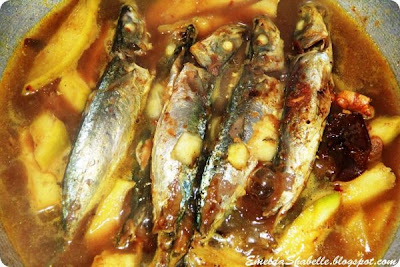Kinabalu Park which covers an area of 754 sq km was gazetted a park in 1964.The basis for the establishment of a protected area in Kinabalu were formed after a report from the Royal Society Kinabalu Scientific expedition in 1962-1964 led by Prof. Corner. It is the first Park in the Malaysian Borneo’s state of Sabah.
Its main feature is Mount Kinabalu (4,095.2 m), the highest mountain between the Himalayas and New Guinea. Its slope is home to a rich assemblage of plants and animal species. It is a hot spot of particularly the plant biodiversity with affinities to flora from the Himalayas, China, Australia, Malay Peninsula, as well as pan-tropical region.
The main entry point for visitors is the Park Headquarters located about 92 km on the Kota Kinabalu – east coast highway lying at an elevation 1,520m above sea levels. Cooler climates attracted over 250,000 visitors in 2009 with about 47,000 made the attempt to conquer the peak.
The administrative center is located in the ‘Conservation Center’ building. Also in the same building is the Research and Education offices and facilities.




 In the past, Magavau was conducted in the padi fields on the first full moon night after the harvest. A party of Bobohizan led by the foremost senior, would weave a slow procession through the fields chanting prayers to Bambaazon. A male warrior would walk ahead of this group waving a sword in the air, to ward off any evil that might try to disrupt the ritual. The food offered must be of the best quality. When the spirits come, only the Bobohizan will be able to feel their presence. The spirits will find, neatly laid out for them on banana leaves, the choicest chicken meat, eggs, betel leaves and pinang (areca nut), tobacco and kirai ("rollie"). The finest tapai or rice wine is offered to the spirits.
In the past, Magavau was conducted in the padi fields on the first full moon night after the harvest. A party of Bobohizan led by the foremost senior, would weave a slow procession through the fields chanting prayers to Bambaazon. A male warrior would walk ahead of this group waving a sword in the air, to ward off any evil that might try to disrupt the ritual. The food offered must be of the best quality. When the spirits come, only the Bobohizan will be able to feel their presence. The spirits will find, neatly laid out for them on banana leaves, the choicest chicken meat, eggs, betel leaves and pinang (areca nut), tobacco and kirai ("rollie"). The finest tapai or rice wine is offered to the spirits. 







